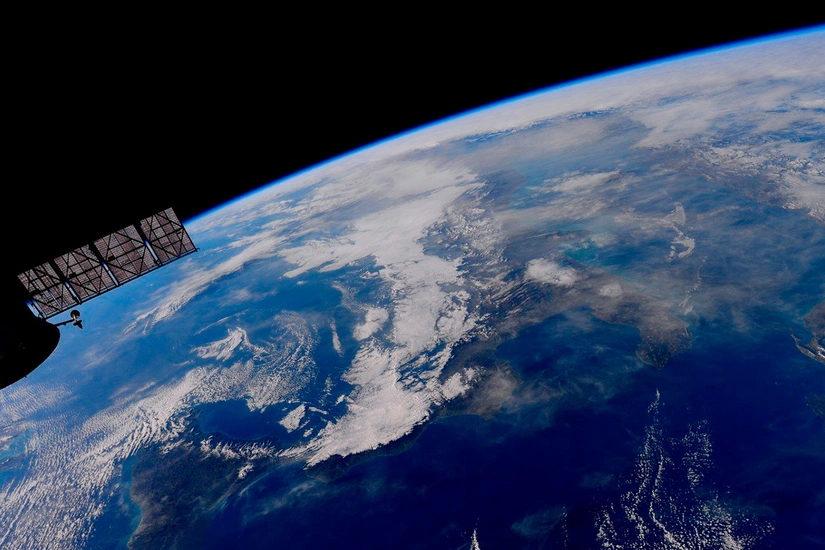Scientists propose new theory of formation of Earth’s continents
- 09 May, 2024
- 05:24

American scientists from the University of Pennsylvania have described the mechanism of formation of cratons - ancient and vast areas of continental crust that ensure the stability of continents, Report informs referring to Science Daily.
The study was published in the scientific journal Nature.
A new mechanism proposed by Penn State scientists may explain how the cratons formed some 3 billion years ago, an enduring question in the study of Earth's history.
The scientists reported that the continents may not have emerged from Earth's oceans as stable landmasses, the hallmark of which is an upper crust enriched in granite. Rather, the exposure of fresh rock to wind and rain about 3 billion years ago triggered a series of geological processes that ultimately stabilized the crust - enabling the crust to survive for billions of years without being destroyed or reset.
The findings may represent a new understanding of how potentially habitable, Earth-like planets evolve, the scientists said.
Cratons extend more than 150 kilometers, or 93 miles, from the Earth's surface to the upper mantle - where they act like the keel of a boat, keeping the continents floating at or near sea level across geological time, the scientists said.
Weathering may have ultimately concentrated heat-producing elements like uranium, thorium and potassium in the shallow crust, allowing the deeper crust to cool and harden. This mechanism created a thick, hard layer of rock that may have protected the bottoms of the continents from being deformed later - a characteristic feature of cratons, the scientists said.
As wind, rain and chemical reactions broke down rocks on the early continents, sediments and clay minerals were washed into streams and rivers and carried to the sea where they created sedimentary deposits like shales that were high in concentrations of uranium, thorium and potassium, the scientists said.
Collisions between tectonic plates buried these sedimentary rocks deep in the Earth's crust where radiogenic heat released by the shale triggered melting of the lower crust. The melts were buoyant and ascended back to the upper crust, trapping the heat-producing elements there in rocks like granite and allowing the lower crust to cool and harden.
Cratons are believed to have formed between 3 and 2.5 billion years ago -- a time when radioactive elements like uranium would have decayed at a rate about twice as fast and released twice as much heat as today.
The work highlights that the time when the cratons formed on the early middle Earth was uniquely suited for the processes that may have led them to becoming stable.
